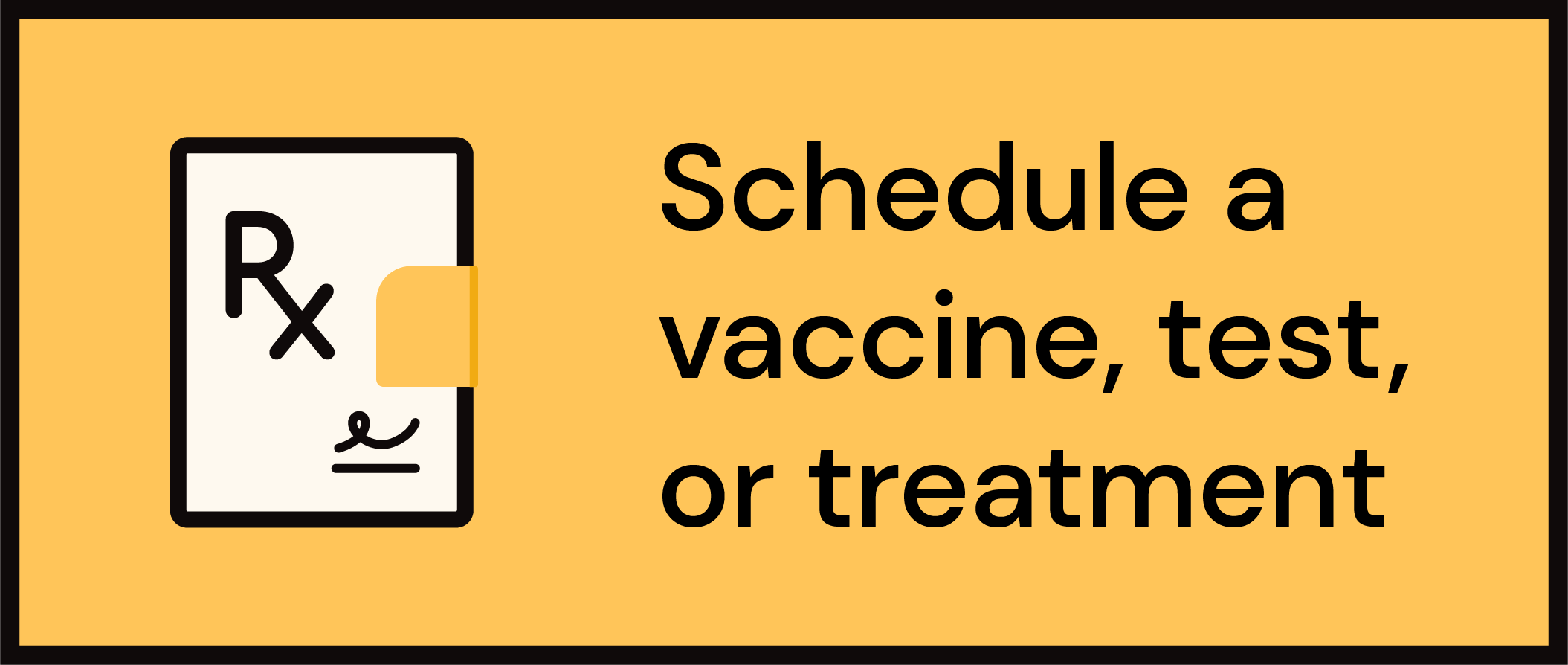Get Healthy!

- Cara Murez
- Posted August 1, 2023
New Clues to Treating a Disease That Prevents Children From Swallowing, Eating
Children who have a chronic immune system disease that can prevent them from eating may eventually have a new treatment, decades after the condition was first identified.
"Parents and doctors may not be aware of this, but this is a very prominent and serious disease in the pediatric population, and it is increasing in number because it is directly related to food allergens, which are also on the rise,"said lead study author Dr. Anil Mishra, director of the Eosinophilic Disorder Center at the Tulane University School of Medicine in New Orleans.
"In this study, we show that after treating the disease in animals, the disease is gone and completely in remission," he said in a university news release.
Eosinophilic esophagitis (EoE) can be triggered by food or airborne allergies.
This causes eosinophils, which are white blood cells, to build up in the lining of the esophagus. This reaction causes the esophagus to shorten and the esophageal wall to thicken, which can make it difficult to swallow and cause food to get stuck in the throat.
The study, conducted in mice, found that the disease is caused by interleukin-18 (IL-18), a protein involved in the innate immune response. It can cause inflammation if produced in excess.
An allergen entering the body activates a pathway that leads to the release of pro-inflammatory proteins like IL-18 and the eosinophil production that damages the esophagus, but researchers found that inhibiting this NLRP3 pathway and the release of IL-18 prevented the development of EoE from both food and airborne allergens. However, animal research doesn't always produce the same results in humans.
EoE was identified in the 1990s and affects about 1 in 2,000 adults and 1 in 1,500 children. In kids, this can pose greater risks because difficulty feeding can lead to malnutrition, weight loss and poor growth.
For many years, EoE was misdiagnosed as gastrointestinal reflux disease (GERD). However, GERD medication was ineffective for treating the condition.
This new finding replaces decades of thinking that Th2 (T helper 2) cells play a major role in triggering EoE, according to researchers.
"Given the paucity of mechanistic information and treatment strategies for EoE, we feel the proposed studies are highly relevant and are poised to have a major impact on establishing the significance of NLRP3-IL-18 pathway in the initiation of EoE pathogenesis,"Mishra said.
The findings were published July 31 in the journal Nature's Communications Biology.
More information
The American Academy of Allergy, Asthma and Immunology has more on eosinophilic esophagitis.
SOURCE: Tulane University, news release, July 31, 2023








